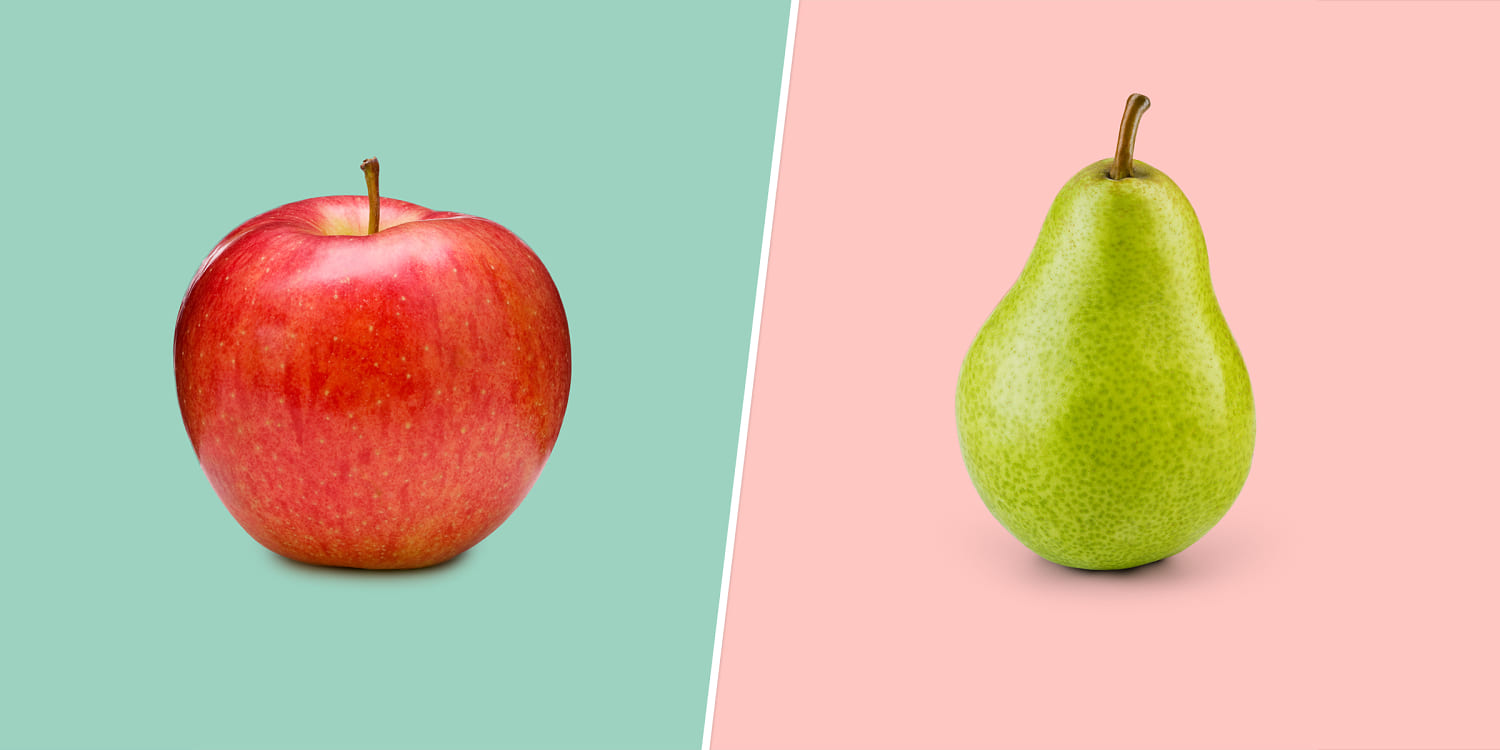
Apples and pears, two fruits often sharing space in lunchboxes and fruit bowls, offer similar yet distinct nutritional profiles. Both are celebrated for their sweetness, portability, and satisfying textures, ranging from crisp and juicy to soft and mellow. While they share common ground in calorie and carbohydrate content, as well as being good sources of dietary fiber, vitamin C, and potassium, a closer examination reveals each fruit's unique strengths.
Fiber Face-Off: Pears Take the Lead
When it comes to fiber, pears emerge as the clear winner. Fiber is crucial for digestive health, promoting regularity and supporting a healthy gut microbiome. Beyond digestion, it also plays a vital role in maintaining heart health and regulating blood sugar levels.
A medium apple provides a respectable 4 grams of fiber, contributing to your daily intake. However, a medium pear boasts an impressive 6 grams of fiber, representing approximately 20% of the recommended daily value. This makes pears a standout choice for those looking to boost their fiber intake.
Protein: A Level Playing Field
Neither apples nor pears are significant sources of protein. Both fruits contain less than a gram of protein per serving. While fruits aren't typically relied upon for protein, incorporating them into snacks or meals alongside protein-rich foods is a great way to create a balanced and satisfying eating experience.
Pairing an apple or pear with cheese, nuts, almond butter, or hummus provides a combination of natural sweetness, gut-healthy fiber, protein, and healthy fats. This combination helps to maintain stable blood sugar levels and promotes sustained energy.
Vitamins, Minerals, and Antioxidants: A Detailed Comparison
Both apples and pears contribute valuable vitamins, minerals, and antioxidants to your diet. A medium apple provides approximately 11% of the daily recommended value of vitamin C, while a pear offers around 10%. Both fruits also contain lutein and zeaxanthin, antioxidant compounds known to support eye health.
Potassium, an essential mineral crucial for blood pressure regulation, heart health, and nerve and muscle function, is present in both apples and pears. However, fruits like oranges and bananas are known to contain higher levels of potassium.
Pears contain higher concentrations of copper, vitamin K, and folate compared to apples. Conversely, apples provide roughly twice the amount of vitamin A and beta-carotene found in pears. However, it's important to note that the overall quantities of these micronutrients in both fruits are relatively small.
Nutritional Breakdown: Apples vs. Pears
To provide a clearer picture of their nutritional content, here's a side-by-side comparison of a medium raw apple and a medium raw pear:
Apples (Medium, Raw)
- Calories: 95
- Protein: 0.5 grams
- Fat: 0 grams
- Carbohydrates: 25 grams
- Fiber: 4 grams
Pears (Medium, Raw)
- Calories: 101
- Protein: 0.6 grams
- Fat: 0 grams
- Carbohydrates: 27 grams
- Fiber: 6 grams
Making the Choice: Which Fruit is Right for You?
Considering their nutritional similarities and differences, both apples and pears are healthy and delicious choices that can contribute to a well-rounded diet. Both fruits offer a sweet, satisfying way to boost your fiber intake, along with essential vitamins and minerals.
If you're looking to maximize your fiber intake, pears have a slight edge. However, if you prefer the crisp texture and slightly tart flavor of apples, they remain a nutritious and beneficial addition to your diet.
Ultimately, the best choice depends on your individual preferences and dietary needs. Incorporating both apples and pears into your diet provides a diverse range of nutrients and flavors, contributing to overall health and well-being.
Post a Comment for "Apple vs. Pear: Fiber Face-Off!"